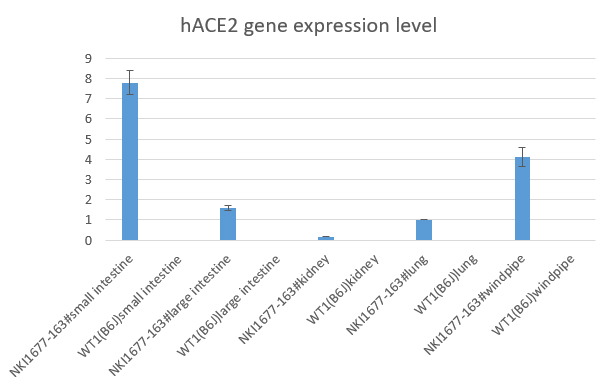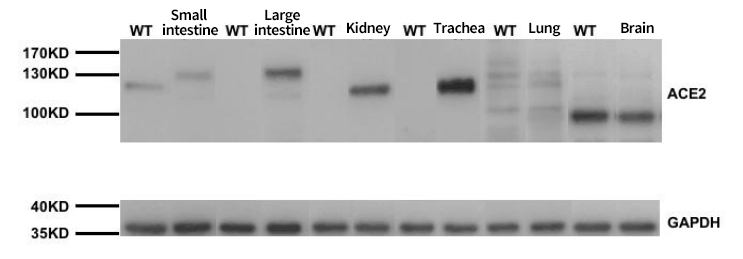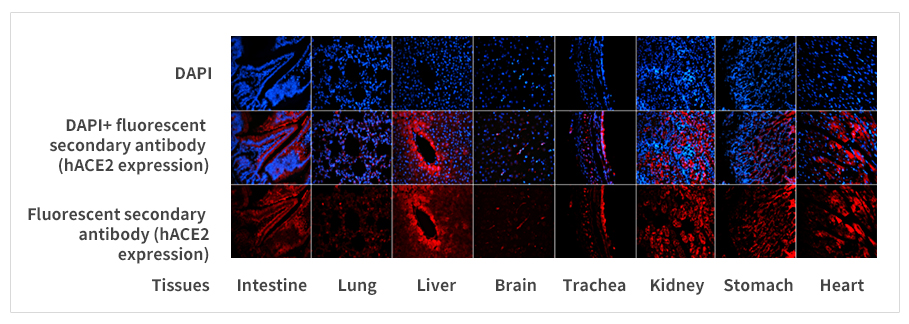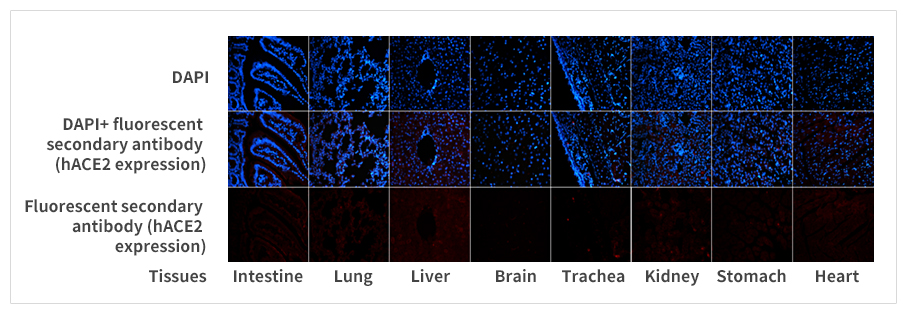| Project Type | Background Strain | Order |
|---|---|---|
| ACE2 Humanized Model | C57BL/6J | |
| C57BL/6N | ||
| BALB/c | ||
| ACE2 Knockin Model (H11 Locus) | C57BL/6J | |
| ACE2 Conditional Knockin Model (Rosa26 Locus) | C57BL/6J | |
| BALB/c | ||
| C57BL/6N | ||
| ACE2 Knockout (KO) Model | C57BL/6J | |
| BALB/c |

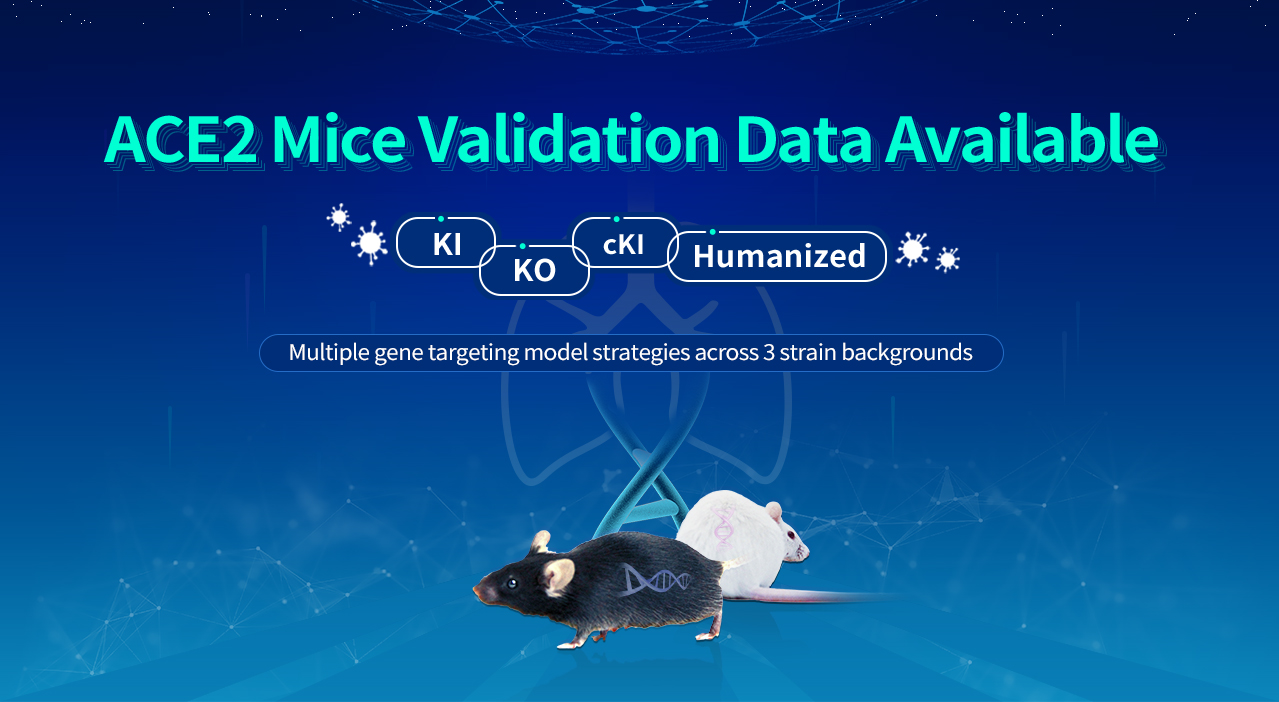
In the shadow of the COVID-19 epidemic, many scientific research teams around the globe are racing against time to develop vaccines. Accurate animal models are necessary for verifying the pathogenesis and immune mechanisms of the illness to accelerate research across vaccine development to the clinical trial stage. However, because of the great need for vaccine research and development, experimental mouse models appeared in short supply.
To solve this problem, we have used the proprietary TurboKnockout® technology and optimized CRISPR-Pro Technology to carry out the development of humanized ACE2 mice base on three background strains: BALB/C, C57BL/6J and C57BL/6N. Our model generation experts have designed a variety of gene targeting and construction strategies to meet the needs of different research applications. In addition, Cyagen now provide valuable validation data of ACE2 mouse models for SARS-CoV-2 drug screening and vaccine development. For consultation and order, please call 86 20-31601779 or email service-apac@cyagen.com.
| Project Type | Background Strain | Order |
|---|---|---|
| ACE2 Humanized Model | C57BL/6J | |
| C57BL/6N | ||
| BALB/c | ||
| ACE2 Knockin Model (H11 Locus) | C57BL/6J | |
| ACE2 Conditional Knockin Model (Rosa26 Locus) | C57BL/6J | |
| BALB/c | ||
| C57BL/6N | ||
| ACE2 Knockout (KO) Model | C57BL/6J | |
| BALB/c |
